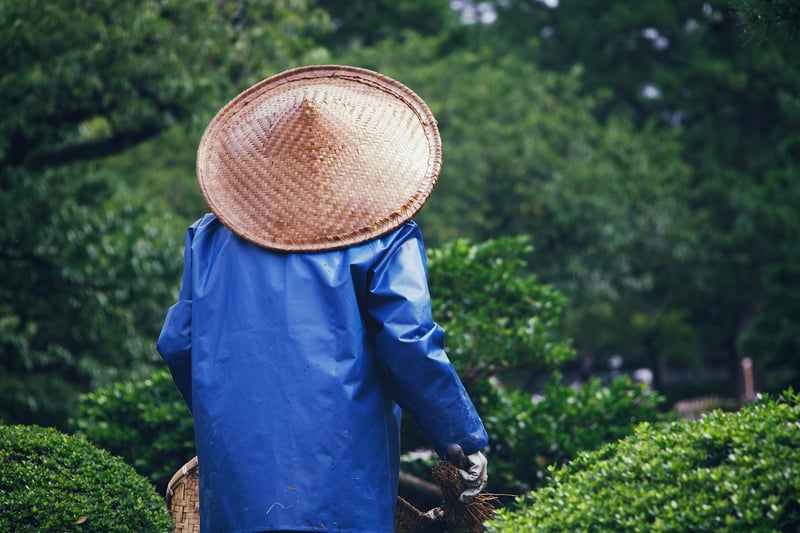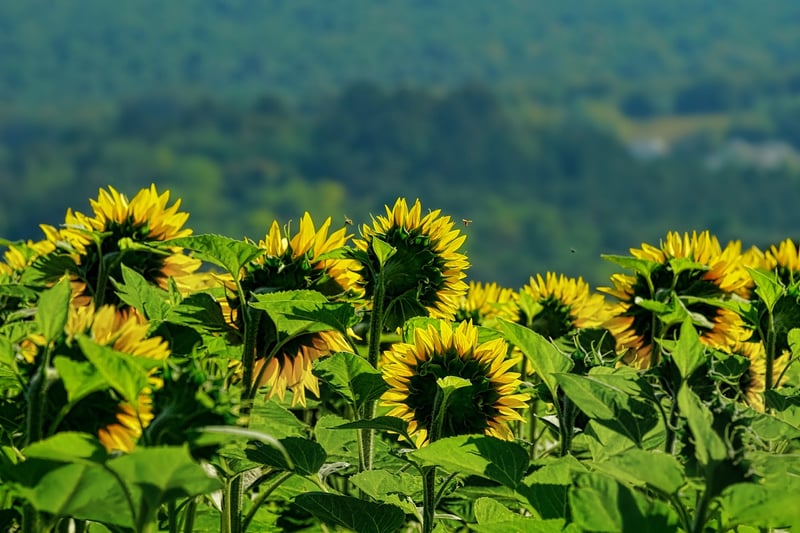Summer Harvesting
Adapting to Different Seasons and Summer Harvesting
Introduction
Adapting to the changing seasons is essential for successful gardening. Each season brings its own challenges and opportunities for gardeners to maximize their harvests. In this article, we will explore how to adapt to different seasons and make the most of your summer garden harvest.
Spring
Spring is a time of new growth and preparation for the summer ahead. It is the perfect time to start sowing seeds indoors or in a greenhouse to get a head start on your summer garden. As the weather warms up, you can gradually acclimate your seedlings to outdoor conditions before transplanting them into the garden.
Key Tasks for Spring:
- Clean up garden beds and remove any debris
- Amend the soil with compost or organic fertilizer
- Start seeds indoors for warm-season crops like tomatoes, peppers, and cucumbers
- Transplant cool-season crops like lettuce, spinach, and peas into the garden

Summer
Summer is the peak growing season for many crops. To ensure a bountiful harvest, it's important to provide adequate water, sunlight, and nutrients to your plants. Regularly check for pests and diseases, and take appropriate action to protect your garden.
Key Tasks for Summer:
- Water plants deeply and consistently, especially during hot periods
- Harvest fruits and vegetables regularly to encourage more production
- Monitor for pests and diseases; use organic methods of control when possible
- Consider using shade cloth or mulch to protect plants from excessive heat

Conclusion
By adapting to the changing seasons and following the key tasks for each season, you can enjoy a successful and rewarding garden harvest. Whether you're starting seeds indoors in the spring or harvesting ripe tomatoes in the summer, each season offers unique opportunities to cultivate your green thumb and enjoy the fruits of your labor.
Remember to stay observant of your garden's needs and always be willing to adjust your gardening practices to suit the season. Happy gardening!
